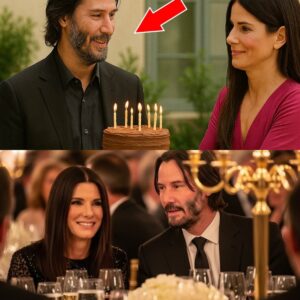Inside Elon Musk’s idea of Mars city, no plan to ‘volunteer sperm’ to seed colonies on the Red Planet? Tesla CEO has reacted to a New York Times report that claimed Musk has “volunteered his sperm to help seed a colony” on Mars.
Tesla CEO Elon Musk denied a New York Times report which cited sources as saying that “Mr. Musk has volunteered his sperm to help seed a colony” on Mars. The NYT’s sources were “two people familiar with Musk’s comments”. This claim was, however, denied by Musk.
In a post on the social media platform, the X owner wrote with laughing emoji, “I have not fwiw [for what it’s worth] “volunteered my sperm” 😂”
He also said no one at SpaceX has been directed to work on a Mars city. “When people have asked to do so, I’ve said we need to focus on getting there first,” he added.
Musk’s idea of ‘multi-planetary’ life
Elon Musk has been on the mission to “establish a self-sustaining city on Mars to ensure continuation of life (of all species) in case Earth gets hit by a meteor like the dinosaurs or WW3 happens & we destroy ourselves,” he had said back in 2018.
He aims to make life “multi-planetary” – this refers to the extension of life to other planets. In an old, Musk also explains “Why is making life multiplanetary important?” Watch here
Making the idea even more interesting, Musk said on July 11 that sci-fi author Isaac “Asimov’s Foundation series was part of the inspiration for making life/consciousness multiplanetary.”
“Being multiplanetary greatly extends the probable lifespan of civilization,” he said.
Musk’s idea of making life possible on Mars
Back in 2020, Elon Musk had mentioned how humans will inhabit the red planet initially. He had said, “Life in glass domes at first. Eventually, terraformed to support life, like Earth.”
According to the National Space Society, Terraforming (literally, “Earth-shaping”) of a planet, moon, or other body is the hypothetical process of deliberately modifying its atmosphere, volatile components, temperature, surface topography or ecology to be similar to the environment of Earth and to make it habitable for Earth life.
“Terraforming will be too slow to be relevant in our lifetime. However, we can establish a human base there in our lifetime. At least a future spacefaring civilization – discovering our ruins – will be impressed humans got that far,” Musk had said.
Referring to the idea of glass dome, the New York Times, in its latest report, cited “two people” as saying that the “colony will center on a giant dome for communal living, with smaller domes scattered around it”.
“Let the Martians decide their own future,” he had said.
Mars city ‘game plan’ and Starship
“Starship is the largest rocket ever built and it’ll take us to Mars,” an X account named “Tesla Owners Silicon Valley” posted on social media earlier this year.
Reacting to the post, Elon Musk said a “game plan” is being mapped out “to get a million people to Mars”. He added, “Civilization only passes the single-planet Great Filter when Mars can survive even if Earth supply ships stop coming.”
Elon Musk’s SpaceX plans to build a fleet of Starships capable of ferrying people and cargo throughout the solar system, though transportation may not be the biggest challenge to colonising Mars, the Independent reported.
The Space X website mentions that its Starship spacecraft and Super Heavy rocket – collectively referred to as Starship – represent a fully reusable transportation system designed to carry both crew and cargo to Earth orbit, the Moon, Mars and beyond.
But why Mars?
SpaceX says that Mars is one of Earth’s closest habitable neighbours at an average distance of 140 million miles. The company adds that Mars is about half again as far from the Sun as Earth is, so it still has decent sunlight.
It is a little cold, but we can warm it up, SpaceX says.
“Its atmosphere is primarily CO2 with some nitrogen and argon and a few other trace elements, which means that we can grow plants on Mars just by compressing the atmosphere. Gravity on Mars is about 38% of that of Earth, so you would be able to lift heavy things and bound around. Furthermore, the day is remarkably close to that of Earth,” SpaceX further explains.






